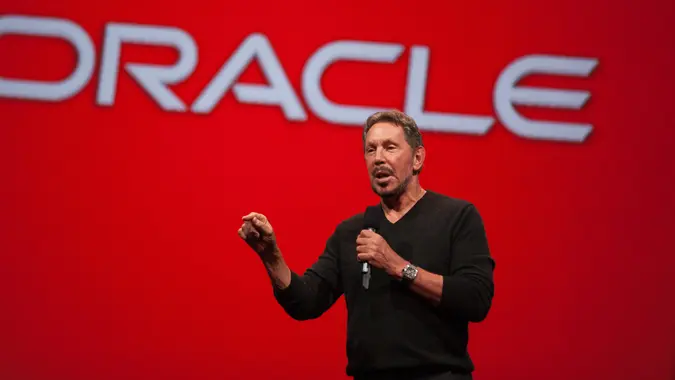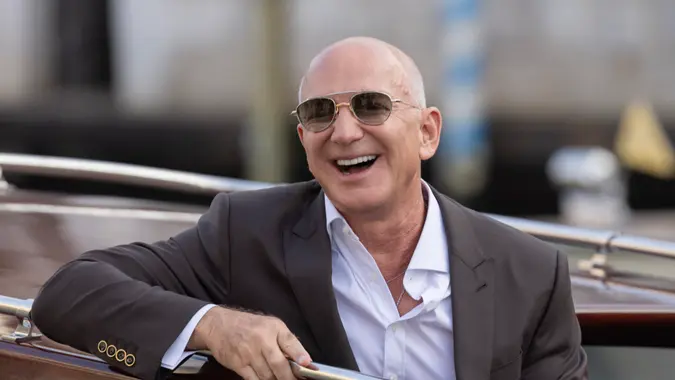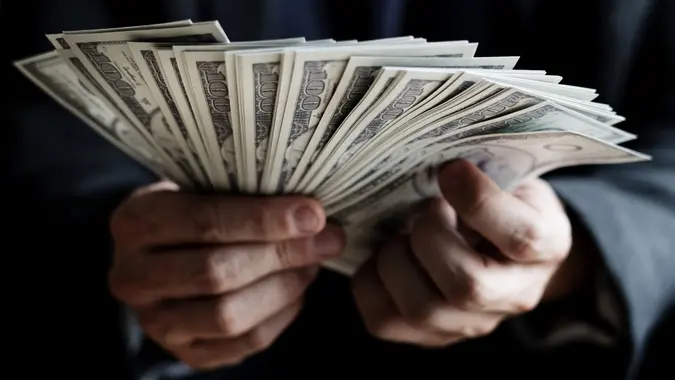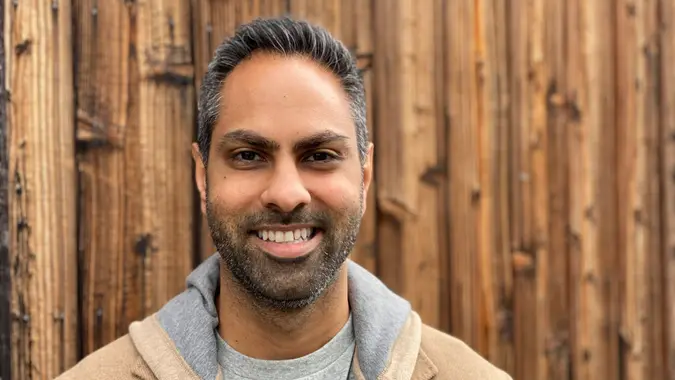3 Bank Accounts Everyone Needs To Have, According to Rachel Cruze

Commitment to Our Readers
GOBankingRates' editorial team is committed to bringing you unbiased reviews and information. We use data-driven methodologies to evaluate financial products and services - our reviews and ratings are not influenced by advertisers. You can read more about our editorial guidelines and our products and services review methodology.

20 Years
Helping You Live Richer

Reviewed
by Experts

Trusted by
Millions of Readers
While most people have a checking account and maybe even a savings account, few people utilize bank accounts in a way that helps them make the most of their money. New York Times bestselling author and certified financial coach Rachel Cruze recently told her thousands of TikTok followers about the accounts they should have.
Here are the three bank accounts Cruze recommended and why.
Also see why you should never keep more than this amount in your bank account, according to Humphrey Yang.
Primary Checking
First, Cruze recommended having a primary checking account. She said this is where the income goes and bills are paid from. She likened it to a “BFF.”
While having a primary checking account may seem like a no-brainer, many people fail to take advantage of all of the perks banks offer. The experts at Experian noted that account holders can make the most out of their bank accounts by utilizing banking alerts. These alerts notify customers of account activity, including unusual withdrawals or other money movements. In some instances, customers can even customize alerts to notify them if their account drops below a certain threshold, helping to avoid overdraft fees and other penalties.
Experian also suggested account holders look for rewards offered by banks, including debit cards that come with points or cash-back offers.
Emergency Fund
The personal finance expert’s second bank account recommendation was an emergency fund savings account. Cruze suggested starting with $1,000 and then building it to three to six months’ worth of expenses after debt is paid off. She said people can put it in a high-yield savings account and should keep it separate for use only in emergencies.
As reported by CNBC, high-yield savings accounts offer a number of benefits, including healthy returns, but may not be for everyone. One of the biggest perks is that they can help to grow money faster than a traditional savings account, but some come with fees and opening or balance requirements. As explained by CNBC, these accounts may present a safer option than other types of accounts, but they may come with fluctuating rates and limited growth.
It is always recommended that individuals consult with a financial professional before making money moves or trying new investment strategies.
General Savings
Cruze’s final bank account recommendation was a general savings account. She said individuals should keep this account separate from their emergency fund and use it to throw extra money into. Money in this savings account can be used for things like a replacement vehicle, a vacation or Christmas presents.
According to an article from the Exchange Bank of Northeast Missouri, having both an emergency fund and a savings account is important because each serves a different purpose. The article explained that an emergency fund is for unexpected expenses, while a savings account is for planned expenses. Keeping the two separate helps to ensure that the emergency fund is not used for non-emergencies. Leaving the emergency fund alone helps to avoid financial challenges in case of a catastrophic event.
The bank recommended opening separate accounts, automating savings, and starting small and then building up.
 Written by
Written by  Edited by
Edited by 

























